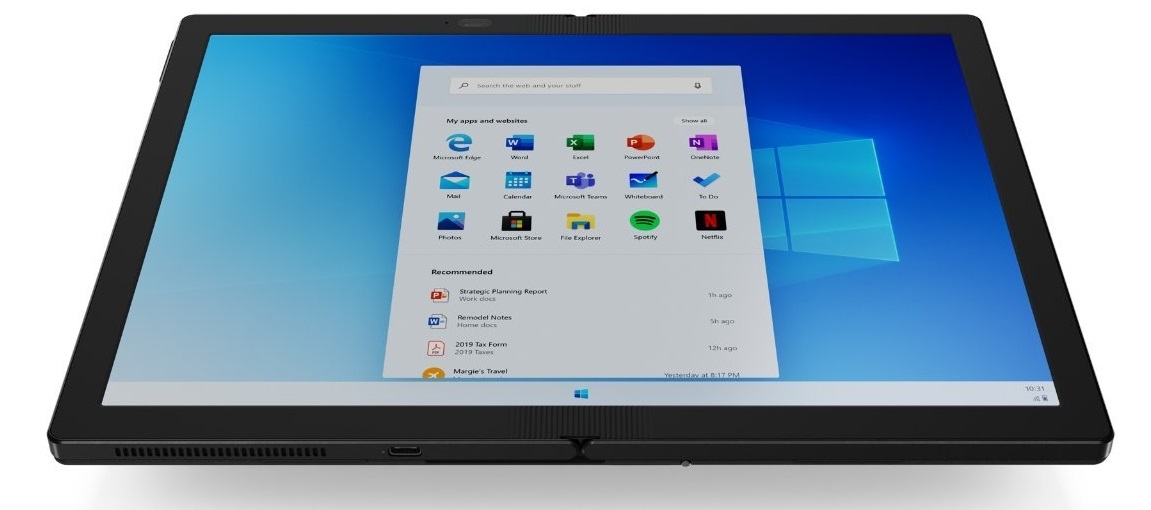


Having done that, save the notepad file and head back to the TileCreator app.įinally, in the TileCreator app, give a name of the app along with the app’s key used in the configuration file. For example, you can see that for Slack I have added the keyword as slack along with the path to the app, including the file name. In the file, add a key name along with the path to the file you wish to add. This key needs to be added to the nfig in C:\TileCreator. The app will ask you to add a name of the app along with icon image along with an Approved Apps Key. You will be needing the path to the file that would be pinned to the Start Menu using the Tile Creator. Launch TileCreator from the Start Menu to add a file or a program as a tile. Open the file using Notepad and leave it for a while. Once the file is executed as an admin, you will see a file called nfig in C:\TileCreator. It’s basically a script that runs in the background for the Tile Creator main app and gives it the path of the apps that are pinned to the Start Menu. After you install the app from the Store, download and run the TileCreator Proxy as administrator. The TileCreator can be downloaded from the Windows Store and will be installed as a Modern App in the Start menu. TileCreator for Windows 10īy using TileCreator along with a TileCreator Proxy for the task, tiles on the Start Menu can be customized.

However, the app doesn’t work out of the box and requires some advanced settings to get the pinned apps working. While browsing XDA the other day, I came across an alternative to OblyTile using which one can create custom tiles in Windows 10. But the app does not function in Windows 10 and here there was a time to look for an alternative. Add Custom Tiles to Windows 10 now | īack in Windows 8 and Windows 8.1, OblyTile was the go to program for such tasks. Also, there is no option to customize these tiles and one has to work on the default icon that’s set by the app. But this only works as long as the apps are already a part of the Start Menu. The selected program will be added as a tile to the right section of the Start Menu. If you wish to pin a program, just search for it in the Start Menu and select the option Pin to Start. Adding a program to the Windows 10 Start Menu is as simple as a right-click.


 0 kommentar(er)
0 kommentar(er)
